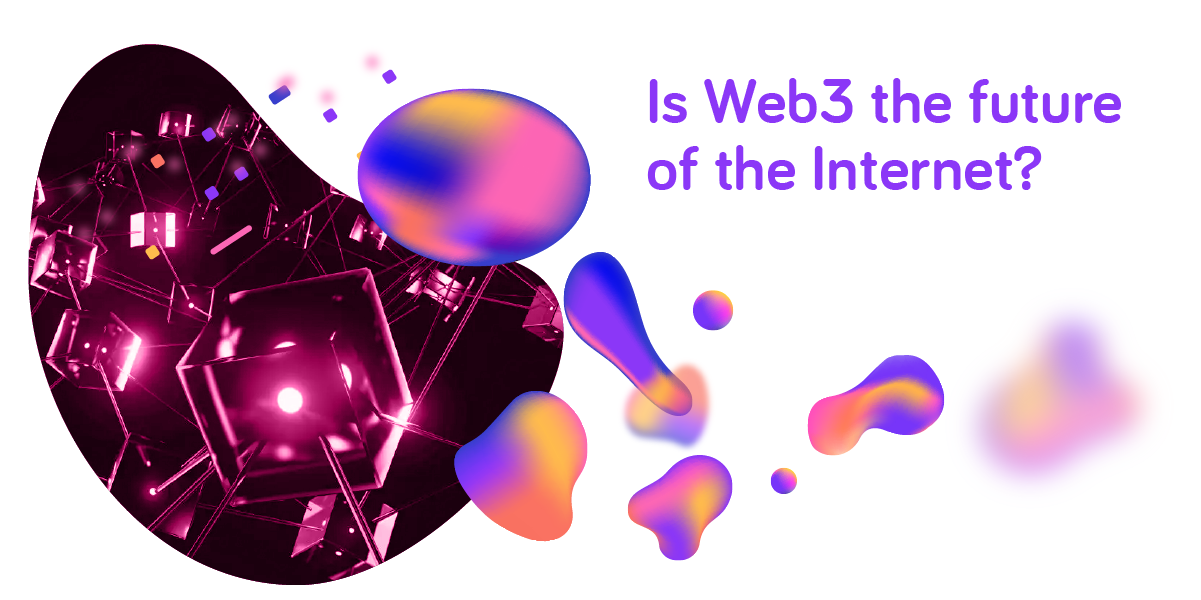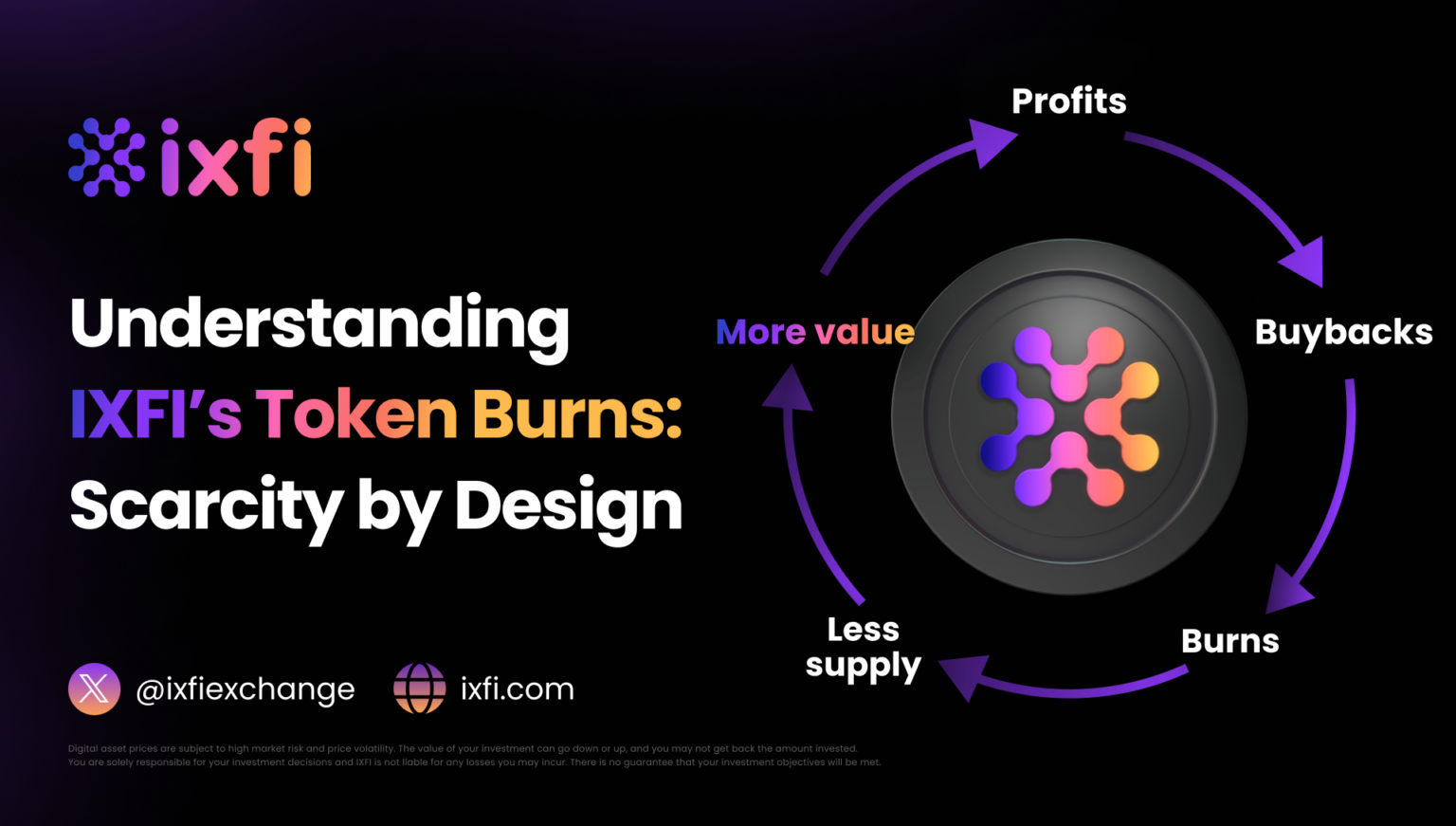Maybe you’ve never heard this term or you heard it in passing and you’re not sure what it refers to. Either way, you might be asking yourself what Web3 actually means.
Also known as Web 3.0, it can be considered an era or a phase of the internet, and the latest one at that. I know, it might seem a little strange to divide the internet into eras by what appears to be random criteria, but trust me, it’s anything but random.
In order to understand why exactly we call this the Web 3 era and what sets it apart from Web 1.0 and Web 2.0. For that, we need a bit of context, so let’s go together over the history of the internet we know and love.
Web 1.0 — The debut of the World Wide Web
As the name might suggest, Web 1.0 is the first stage of the internet’s evolution, which lasted roughly from 1991 to 2004. This is actually a retronym, which means that this period was named after the fact, more exactly, when people realized that the internet is already like an ever evolving and changing organism and that there is no stopping it.
Although in its early stages the World Wide Web was nothing special compared to what we know now as the internet, it had a slow but constant impact on society and mostly on those who understood and accepted what it had to offer.
As with any other technological advancements, there was a fair share of skeptics at first, and ironically, the internet is full of quotes, gems from celebrities and influential people at the time expressing disbelief and distrust in what the internet will accomplish. Even those in the industry, such as Robert Metcalfe, the inventor of the Ethernet, who had declared in 1995 that the internet will fail in 1996 in the December edition of the Infoworld Magazine.
“I predict the Internet will soon go spectacularly supernova and in 1996 catastrophically collapse.” — Robert Metcalfe
Even Bill Gates, the infamous founder and chairman of Microsoft who is considered a true visionary by many was taken unaware of how the masses accepted and integrated the internet into their lives, eventually becoming its main user base, the reason why today we call it a grassroots movement.
Although in this period there were few believers, the Web did have a few important applications for the average user as well some businesses that started to digitalize their activity. The main characteristic of a Web 1.0 site is the fact that the content was provided from the server’s filesystem and not from an RDBMS (Relational Database Management System), which means that the early users were limited in interacting with the content, not having the ability to create it themselves but could only read the text or use the applications how they were intended to be used by their creators. That all changed with Web 2.0.
Web 2.0 — The ‘craze’ taking over society
This transformative era had other names, such as the ‘participative/participatory web’ or ‘the social web’, and, as they might suggest, it was marked by the ability of the users to generate content. This was facilitated by its ease of use, its interoperability, and the participatory culture that started to develop around it.
The term Web 2.0 was coined by Darcy DiNucci in 1999 but was popularized by Tim O’Reilly and Dale Dougherty at the first O’Reilly Media Web 2.0 Summit in the fall of 2004.
Let’s be clear here. This period wasn’t marked by a formal and palpable change in the nature of the internet. Web 2.0 merely describes the progressive changes taking place in this era, as interactive websites overshadowed the older and more static ones of Web 1.0.
This is also when social media such as MySpace, Facebook, Instagram, and video sharing sites such as Youtube were born, where users generated content in a virtual community. Blogs, wikis, image sharing, apps, as well as hosted services also became big in this impactful period.
As Scott Dietzen puts it:
“The Web becomes a universal, standards-based integration platform.”
Netscape also framed the web as a platform, releasing the first web browser, a desktop application and they intended to use their dominance in the market for high-priced server products. If this had worked, Netscape would have enjoyed the power in the browser market that Microsoft has in the PC market.
Netscape promoted a “webtop” to replace the desktop we know today, which they planned to populate with information updates and applets pushed by providers that would buy their servers. In short, Netscape wanted to create software, release updates and bug fixes, and distribute them to end-users. Google, at the time, did not focus on producing software but on providing a data-based service, which proved to be the better choice, as Google is now the leader in its market.
Now, with the power to create and shape the internet in the hands of the users, the World Wide Web became an entirely different place, reaching and connecting millions of people worldwide who could interact through various means (text, video, games, etc.) in this completely virtual space for the first time in human history.
With the ability to create content by commenting on published articles, creating a user account or profile, participation was increased and users were encouraged to rely on their browsers more for characteristics such as user interface, app software, and file storage, to search for information, and the ability to ‘tag’ and to ‘like’ content.
Because all of these characteristics had great potential for making money through memberships and through ads, the companies that benefited most from Web 2.0, like Google, Facebook, Amazon, and others, together known as Big Tech, are the ones that have gained the most control in the period of Web 2.0, thus over-centralizing the internet.
This sounds a lot like the internet you know and use right now, doesn’t it? Big Tech, apps, social media, browsing Google, isn’t this all there is to it? Well, if you’ve been paying attention, you would know that there are big changes happening right now in the way people use the internet, ways which mark a new era that we are entering, and that era is called Web3.
Web3 — Power is in the hands of the people
Given the logical order of things, you might be wondering why it isn’t 3.0. Well, that’s because Web 3.0 was already used before. So, in order to not be confused with Tim Berners-Lee’s concept of ‘semantic web’, the term coined in 2014 by Etherum’s co-founder Gavin Wood is most commonly referred to as Web3.
Web3 revolves around the idea of decentralization and is expected to change the fact that in Web 2.0 a small handful of corporations own the internet.
Although the idea was brought forth in 2014, Web3 started to be popularized in 2020 and 2021, mostly by cryptocurrency enthusiasts and investments from technologists and companies. There are many specific visions as of today about Web3, but one thing they have in common is that all of them are based on blockchain technologies like cryptocurrencies and NFT’s (non-fungible tokens). Some visions are based around DAOs (decentralized autonomous organizations) and some around DeFi (decentralized finance).
Also, instead of logging in to identify themselves, users could use self-sovereign identification, which would let them authenticate themselves without an authentication system such as OAuth, thus having complete control over their digital identities.
All of these aspects could empower today’s internet users, although most cannot yet see past Web 2.0, not being aware that they could enjoy some of the benefits of Web3 today, through the decentralized functions offered by a few platforms, like buying and trading cryptocurrencies, mining cryptocurrencies and creating and selling NFTs, to name a few.
One thing is sure, Web3 is at our doorstep and the power will be returning soon to our hands. All we have to do is be aware and open the door for the new decentralized era to come.
Disclaimer: The content of this article is not investment advice and does not constitute an offer or solicitation to offer or recommendation of any investment product. It is for general purposes only and does not take into account your individual needs, investment objectives and specific financial and fiscal circumstances.
Although the material contained in this article was prepared based on information from public and private sources that IXFI believes to be reliable, no representation, warranty or undertaking, stated or implied, is given as to the accuracy of the information contained herein, and IXFI expressly disclaims any liability for the accuracy and completeness of the information contained in this article.
Investment involves risk; any ideas or strategies discussed herein should therefore not be undertaken by any individual without prior consultation with a financial professional for the purpose of assessing whether the ideas or strategies that are discussed are suitable to you based on your own personal financial and fiscal objectives, needs and risk tolerance. IXFI expressly disclaims any liability or loss incurred by any person who acts on the information, ideas or strategies discussed herein.



